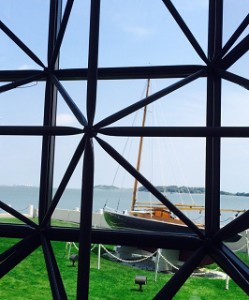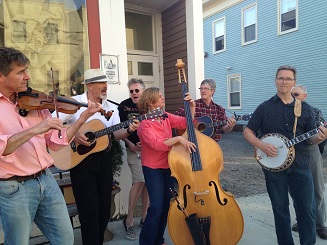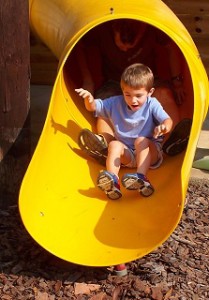When I think of labels, I think of shelves. Shelves of groceries – inanimate objects that provide varying degrees of nutrition. These labels include ingredients contained in the “food” product, the caloric value, fat content, and other nutrition facts.
Labels make things easy, especially one-word labels: They compartmentalize people and objects for us. That means we don’t have to think. We see or hear the label; assessment is done. Analysis is done. The object or person has been plunked into a box. And that makes labels dangerous.
The impact of labeling people was front and center at Bounce, the most recent session of TEDxDirigo. Several presenters spoke about the harm of using one word to define a person. Imagine the feeling of having one word describe everything about you. Is this a label that describes you all of the time? On a good day? On a bad day? Did you work hard to achieve this label? Who assigned this label to describe you? Are you proud of this label? What else would you like people to know about you?
How in the world can one word describe every aspect of the person you’ve become? Take a look at these words that we use to label people.
Let’s hit the reset button and begin anew. Let’s imagine that before describing someone we acknowledge that one word cannot possibly convey the depth of a person’s identity.
Let’s also acknowledge that the old nursery rhyme got it wrong:
Sticks and stones may break my bones
But names will never hurt me.
Words carry tremendous power. Names hurt. Derogatory comments deflate us when we are at our most vulnerable. These presentations drove home to me that I am on the right track in rejecting labels. Yes, I’ve heard the argument that labels help other people understand us and realize that we all process information differently.
It’s been my experience, though, that labels allow people to respond to the label rather than to the person. Through the presentations at TEDxDirigo this weekend and some writing I’ve come across recently, I see that I’m not alone. I encourage you to:
- Take a look at the TEDxDirigo November 7, 2015 presentations when they’re posted online sometime after Thanksgiving.
- Read Pam Slim’s book, Body of Work, where she discusses multipotentialites.
- Follow the link to Dr. Travis Bradberry’s article where he explores the concept of ambivert (think introvert / extrovert).
The next time you’re tempted to use a one-word label to describe someone, pause for a moment. Then think about what else you know about that person. Don’t know anything else about the person? Have a conversation, and learn a thing or two.















